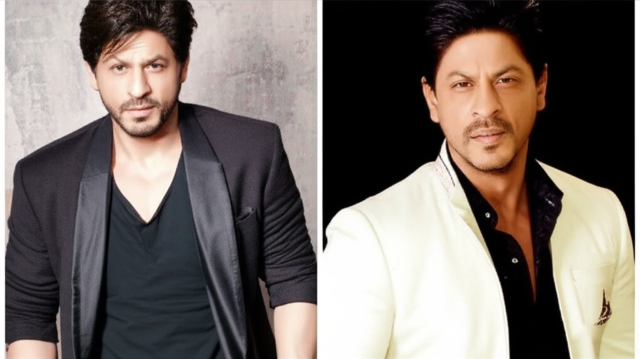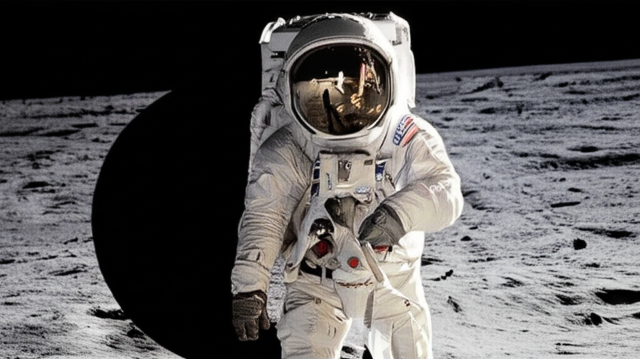
Shahrukh vs Salman: Whose More Popular?
The "King Khan" versus "Bhaijaan" debate has raged for decades. Shahrukh Khan and Salman Khan, two titans of Bollywood, have captivated audiences worldwide with their charisma, acting prowess, and undeniable screen presence. But when it comes to sheer popularity, who reigns supreme? It's a question with no easy answer, as popularity itself is multifaceted and depends on various factors.
Box Office Battles: A Tale of Two Titans
One common metric to judge popularity is box office success. Both actors have delivered numerous blockbuster hits, shattering records and leaving their mark on cinematic history. Shahrukh Khan, known for his romantic roles and larger-than-life persona, has consistently delivered commercially successful films throughout his career. Think of iconic movies like Dilwale Dulhania Le Jayenge, Kabhi Khushi Kabhie Gham, and Chennai Express – films that transcend generations and continue to resonate with audiences.
Salman Khan, on the other hand, boasts a different kind of appeal. His action-packed films and larger-than-life characters have captivated a massive audience. Movies like Dabangg, Bajrangi Bhaijaan, and the Tiger franchise are testament to his sustained box office dominance. While his films might not always be critically acclaimed, their commercial success is undeniable, highlighting his immense popularity, especially within the mass audience.
Comparing their box office numbers directly is tricky. Box office success depends on various factors like release date, competition, marketing strategies, and even the prevailing economic climate. While both have had periods of dominance, it's difficult to declare a clear winner based solely on box office performance.
Beyond the Box Office: Fan Following and Social Media Influence
Popularity isn't solely defined by box office collections. The sheer size and dedication of a fan base are crucial factors. Both Shahrukh and Salman command colossal fan followings, with dedicated fan clubs spanning the globe. Their fans engage in passionate discussions, organize events, and actively participate in online communities dedicated to their idols. The energy and devotion of these fan bases are a powerful testament to the enduring appeal of these actors.
The advent of social media has added another dimension to this popularity contest. Both actors boast millions of followers on various platforms. Their social media engagement, number of likes, and comments offer a glimpse into their current popularity. While these metrics aren't perfect, they provide a contemporary snapshot of their reach and influence.
However, interpreting social media data is also complicated. The algorithms of different platforms influence visibility, and the numbers themselves don't always reflect the genuine level of engagement. Moreover, the demographics of their fan bases may also differ, affecting their respective social media performances.
Brand Endorsements and Commercial Value
Another indicator of popularity is the actors' commercial value and brand endorsements. Both Shahrukh and Salman are highly sought-after brand ambassadors, endorsing various products across different sectors. Their association with a product is often considered a stamp of quality and trust, signifying their widespread appeal and influence on consumer behavior.
The fees they command for endorsements are often substantial, reflecting their brand value and perceived popularity. While the exact figures remain undisclosed in many cases, the sheer volume and prestige of the brands they represent are a powerful testament to their enduring popularity and market influence.
Critical Acclaim and Artistic Merit
Beyond commercial success and fan following, it's essential to consider critical acclaim and artistic merit. Both Shahrukh and Salman have delivered performances that have garnered critical praise. Shahrukh's nuanced portrayals in films like Swades and Chak De! India have been widely appreciated for their depth and emotional resonance.
Salman's acting, while sometimes criticized, has also shown evolution and depth in certain roles. His performance in Bajrangi Bhaijaan received significant praise for its emotional impact and portrayal of a compassionate character. While their filmographies contain a mix of commercial ventures and artistically ambitious projects, their contributions to Indian cinema remain undeniable.
The Shifting Sands of Popularity
It's crucial to understand that popularity is not static; it fluctuates over time. The actors' career trajectories have seen periods of highs and lows. Trends change, tastes evolve, and younger generations discover new stars. What resonates with one generation may not resonate as strongly with another.
Moreover, the competition within Bollywood is fierce. New actors constantly emerge, challenging the established stars and vying for audience attention. Therefore, declaring a definitive "winner" in the Shahrukh versus Salman popularity contest is nearly impossible. Their respective popularity fluctuates depending on the metric used and the time frame considered.
Conclusion: A Matter of Perspective
Ultimately, the question of who is "more popular" between Shahrukh Khan and Salman Khan is subjective and depends on individual preferences and criteria. Both actors have achieved remarkable success, captivating audiences and leaving an indelible mark on Indian cinema. Their box office records, fan following, brand endorsements, and critical acclaim all contribute to their widespread popularity. While data can offer insights, it cannot fully capture the complex nuances of public perception and affection.
Instead of focusing on a winner, it's more rewarding to appreciate the significant contributions both Shahrukh Khan and Salman Khan have made to the world of Bollywood. Their enduring legacies as iconic actors remain unquestionable, and their impact on Indian cinema and popular culture is undeniable.

